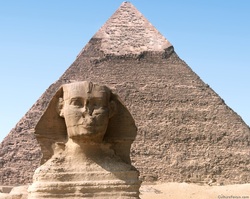
Warm-up:
- Map Warm-up
Planners
- Team Flag Vote
- Africa Maps
o Due Wednesday
Picture of the day: The Great Sphinx in front of the Pyramid of Khafre.
Daily Did you Know: Arabic (in various dialects) is the most common language spoken in Africa with about 170 million speakers, primarily residing in North Africa. In the continent as a whole, there are over 2,000 recognized languages spoken.
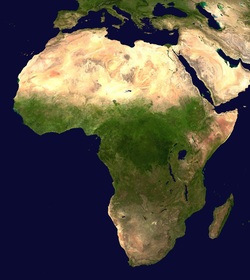
Warm-up:
- Map Warm-up
Planners
- Map Warm-up
- Team Flag
o Due Tuesday
- Africa Maps
o Due Wednesday
Picture of the day: Africa Satellite Image
Daily Did you Know: Africa is the second largest of the earth’s seven continents and makes up approximately 22% of the earth’s total land area

| north_africa_mon.docx |
| File Size: | 274 kb |
| File Type: | docx |
Download File

Warm-up:
How do I, as a student, treat a guest teacher in the building? What will happen if every class on Team Gold receives a good report?
Planners
- Planet Earth/Africa Introduction
- No Homework
Picture of the day: If you get a good report, this could be your prize!
Daily Did you Know: Starting tomorrow, we will be starting a new unit on Africa? Crazay!!! Oh snap
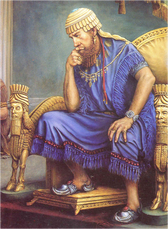
Warm-up:
What is the difference between the Old Stone Age and the New Stone Age?
Planners
- Turn in Vocabulary and chapter packets
-Test
Picture of the day
King Nebuchadnezzar
Daily Did you Know: Mesopotamian builders built ziggurats and houses from bricks made of mud mixed with chopped straw (left to dry and harden in the sun). Teams of workmen moved huge loads of bricks using sleds on wooden rollers, or carried smaller quantities in baskets on their backs. Mud was used as a mortar to bind the bricks.
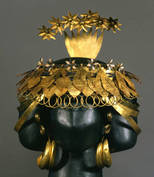
Warm-up: What were some of the technological inventions developed in ancient Mesopotamia?
Planners:
- Vocab and HW packets due Wed
- Clicker Review
- Homework = STUDY ***Test Wed
Picture of the day: Queen Puabi of the Sumerian city of Ur, around 2600 BC
Daily Did you Know: The royal cemetery tomb of Queen "Puabi" at Ur, like the tomb of King Tutankhamen of Egypt. The tomb featured a vaulted chamber set at the bottom of a deep "death pit." Queen Puabi wore an elaborate headdress of gold leaves, gold ribbons, strands of lapis lazuli and carnelian beads, a tall comb of gold, chokers, necklaces, and a pair of large, crescent-shaped earrings.
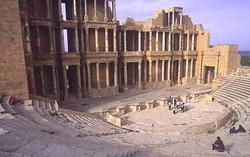
Warm-up: Why were the rivers of Mesopotamia so important?
Planners:
-Vocabulary
- Go over homework packets
- Study Guide
Picture of the day: Former Phoenician Trading Post, rebuilt by the Byzantines in Libya.
Sabratha was a Phoenician trading post that was rebuilt by the Romans in the 2nd and 3rd centuries A.D. Its most renowned feature is the theater, most likely built around 161-92 A.D.
Daily Did you Know: The Phoenicians discovered that crushed shellfish (the specific shellfish is the murex) oozed a fabulous wine-colored goop. Cloth soaked in this substance turned shades ranging from deep pink to rich purple. Royalty soon chose purple as their favorite hue, so every king and queen needed purple dye!
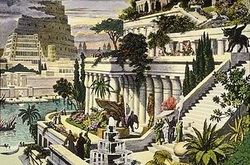
Warm-up: Why do you think the Phoenicians looked to foreign lands and sea trade to develop their wealth?
Planners
- Turn in Chapter 2, Section 3 and 4 homework
-Vocabulary
- Special Mission
- Study Guide, Test Wednesday
Picture of the day: Hanging Gardens of Babylon; One of the 7 Wonders of the Ancient World
Daily Did you Know: There are two equally credible theories about who build the Hanging Gardens of Babylon, they are assumed to be the work either of semilegendary Queen Sammu-ramat (Greek Semiramis), the Assyrian queen who reigned from 810 to 783 BC, or of King Nebuchadrezzar II, the king of the Babylonian Empire, who reigned c. 605 BC – 562 BC.
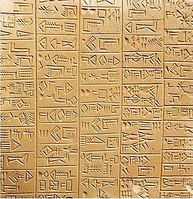
Warm-up:What was the role of women in Mesopotamia? How was it compared to today's society?
Planners:
Chapter 2 Section 3 and Section 4 Packet due tomorrow - Friday
Picture of the day: Cuneiform, Sumerian text is a list of "gifts from the High and Mighty of Adab to the High Priestess, on the occasion of her election to the temple".
Daily did you Know: Important inventions of the Sumerians that contributed to advancing ancient technology were the development of a calendar and the plow. Without Sumerian contributions to the ancient world, human advancement would have been seriously delayed.
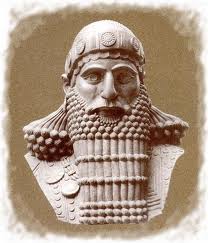
Warm-up: Video - How many laws were written on the Law Code Stele of King Hammurabi? How old is the Law Code of Stele? What is the legacy of Hammurabi?
Planners
-Reading Skills Worksheet
- Chapter 2, Section 3 and 4 due Friday
Picture of the day
King Hammurabi
Daily Did you Know: King Hammurabi’s Code of Laws
- If someone cuts down a tree on someone else's land, he will pay for it.
- If someone is careless when watering his fields, and he floods someone else's by accident, he will pay for the grain he has ruined.
- If a man wants to throw his son out of the house, he has to go before a judge and say, "I don't want my son to live in my house anymore." The judge will find out the reasons. If the reasons are not good, the man can't throw his son out.
- If the son has done some great evil to his father, his father must forgive him the first time. But if he has done something evil twice, his father can throw him out.
- If a thief steals a cow, a sheep, a donkey, a pig, or a goat, he will pay ten times what it is worth. If he doesn't have any money to pay with, he will be put to death.
- An eye for an eye, a tooth for a tooth. If a man puts out the eye of another man, put his own eye out. If he knocks out another man's tooth, knock out his own tooth. If he breaks another man's bone, break his own bone.
- If a doctor operates a patient and the patient dies, the doctor's hand will be cut off.
- If a builder builds a house, and that house collapses and kills the owner's son, the builder's son will be put to death.
- If a robber is caught breaking a hole into the house so that he can get in and steal, he will be put to death in front of that hole.
- If a son strikes his own father, his hands shall be cut off.
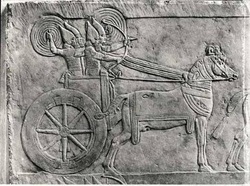
Warm-up: How did trade influence Mesopotamia? What things were spread around the region due to trade?
Planners
- Turn in any missing work
- Special Mission for race points
- Ch 2 Section 2 Packet
* Due Wed!!
Picture of the day:Assyrian Chariots
Daily Did you Know: The Assyrian army's hierarchy was typical of the Mesopotamian armies at the time. The King whose rule was sanctioned by the gods, would be the commander of the entire army of the Empire. He would appoint senior officers on certain occasions to campaign in his place if his presence on the battlefield could or had to be spared





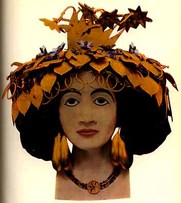


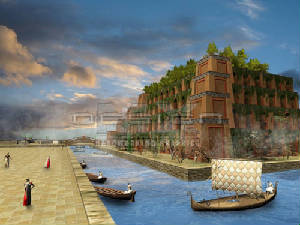

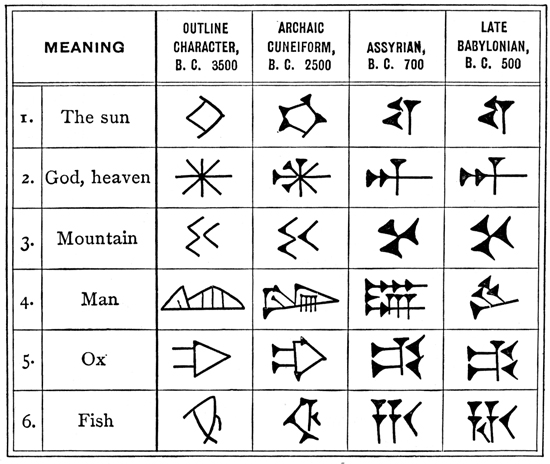


 RSS Feed
RSS Feed